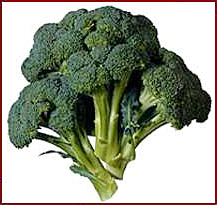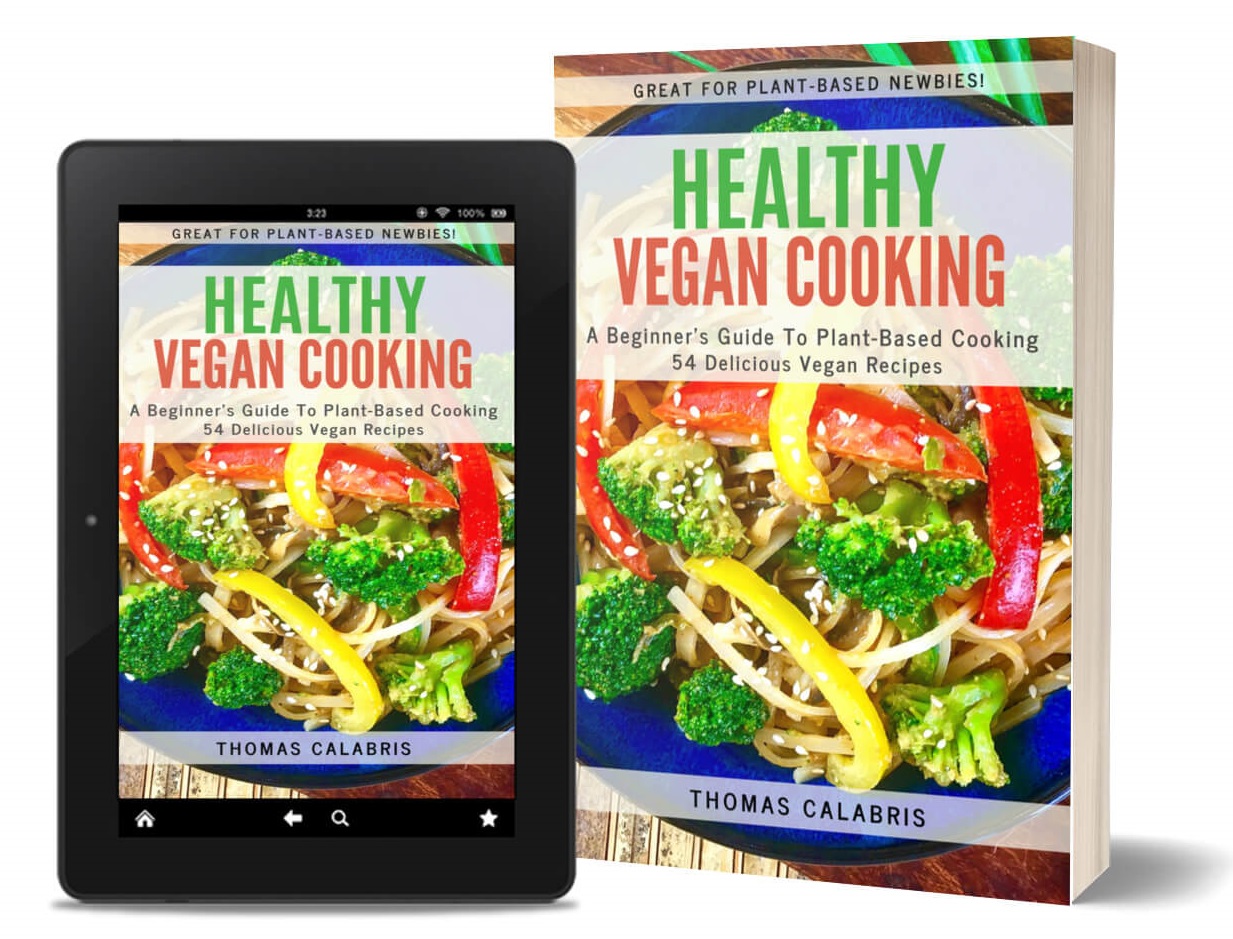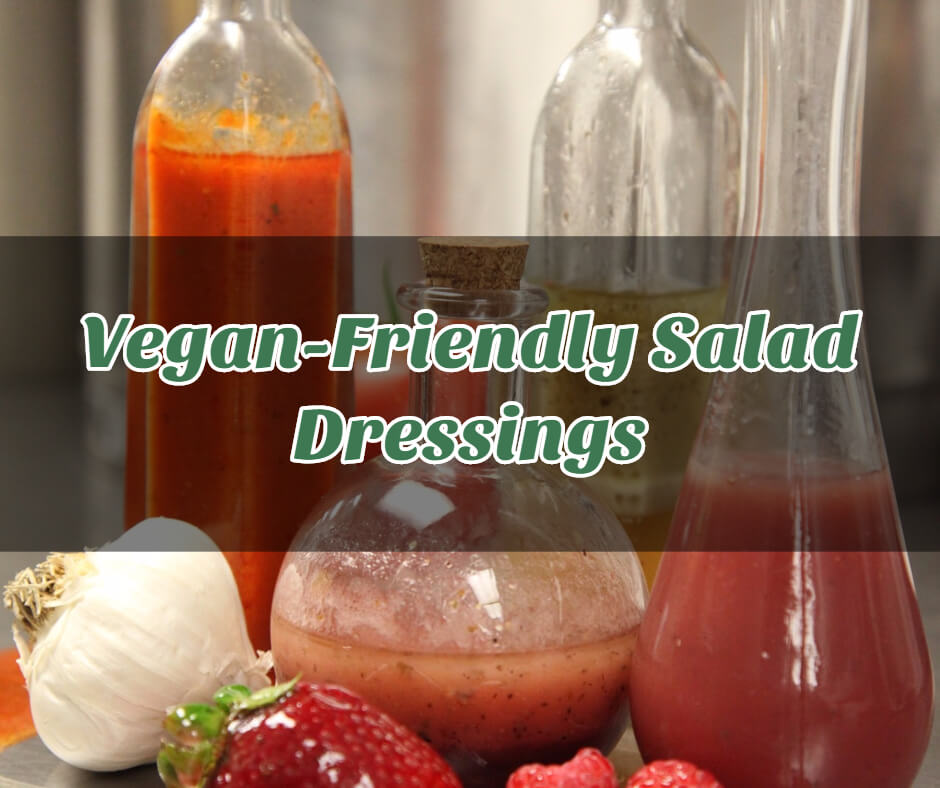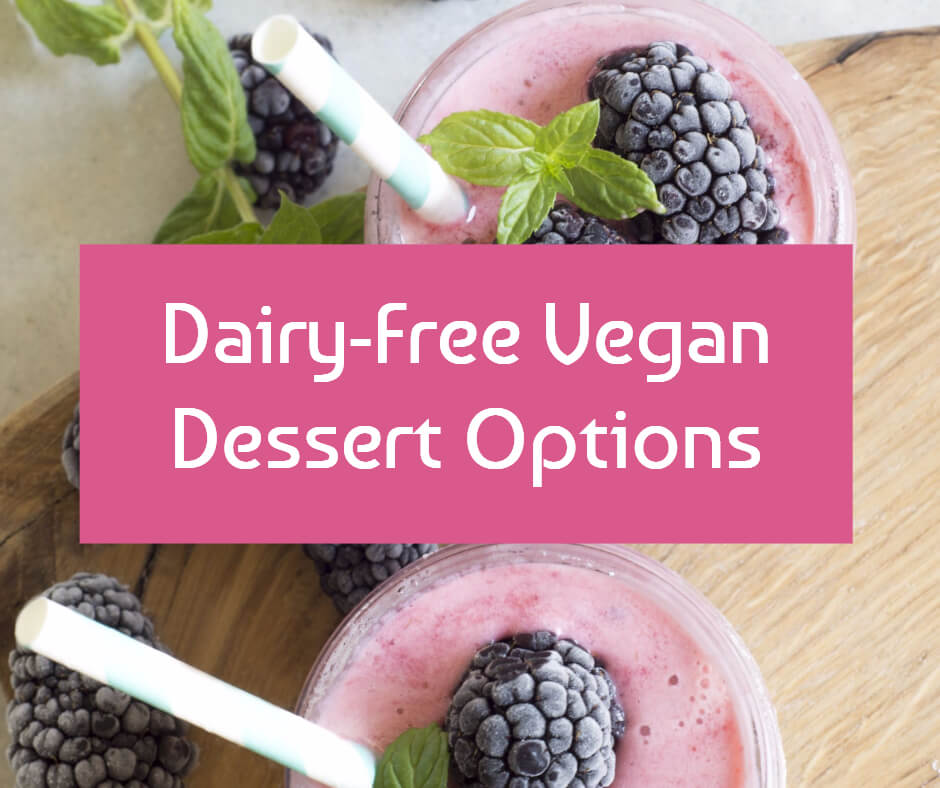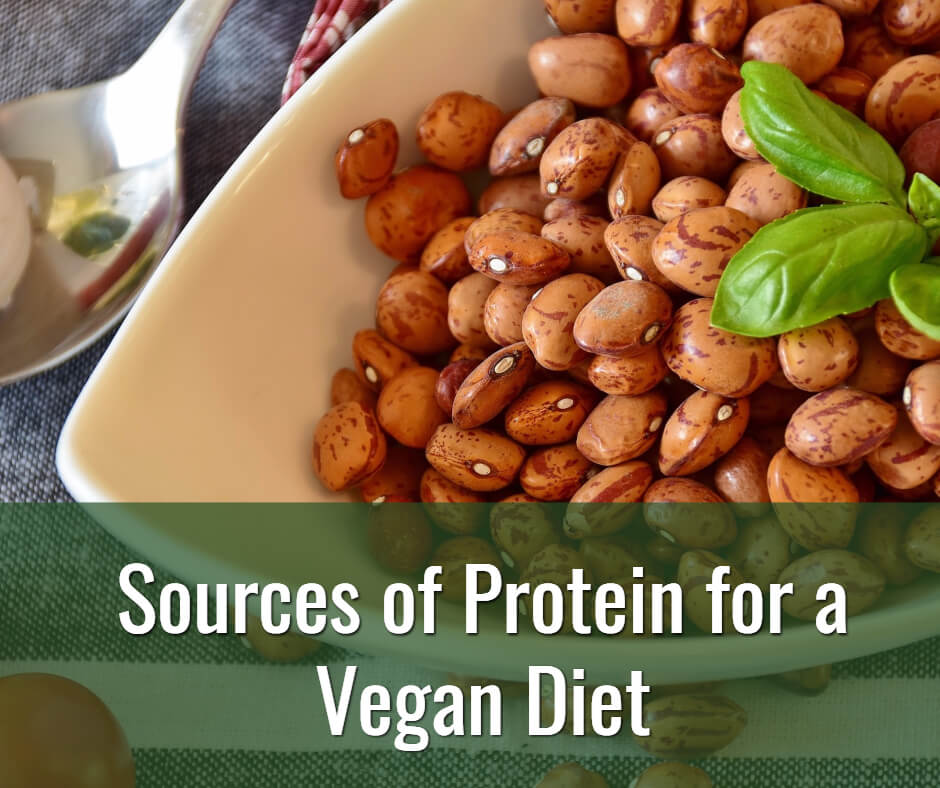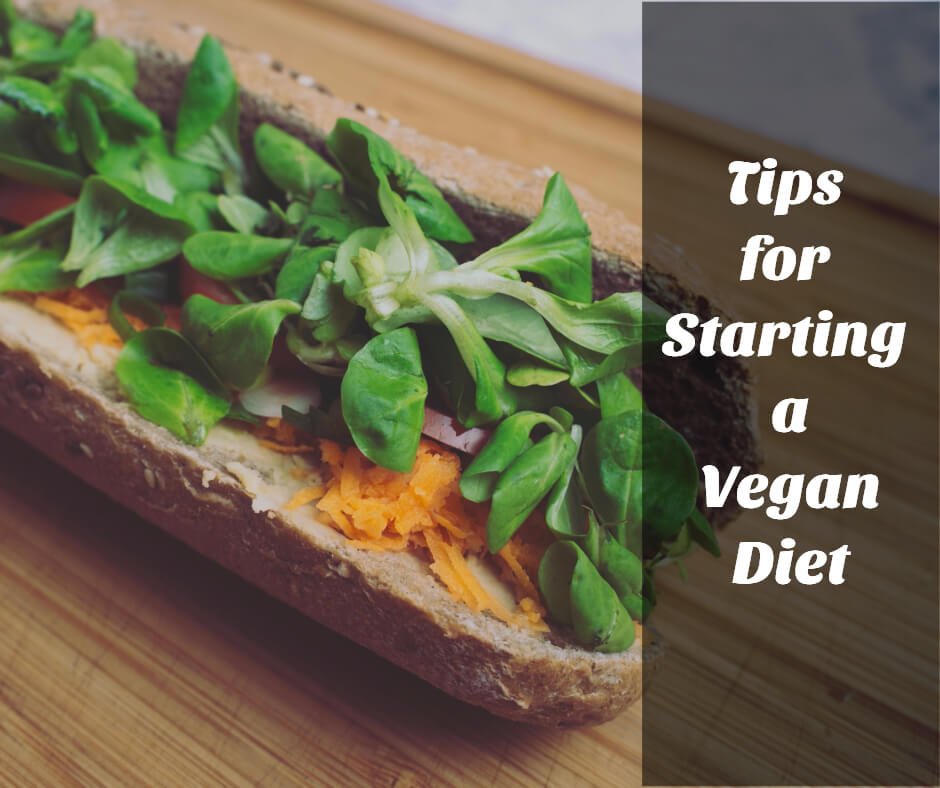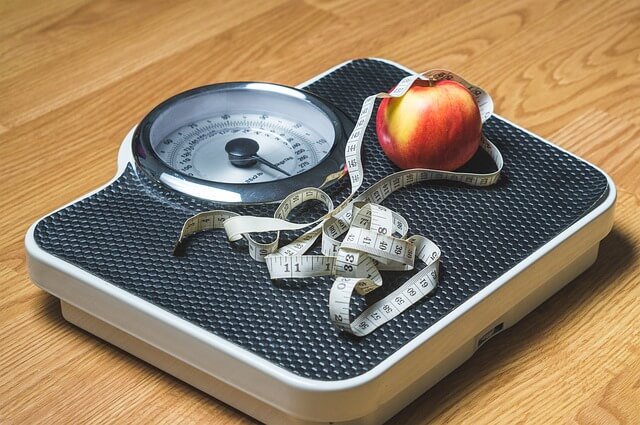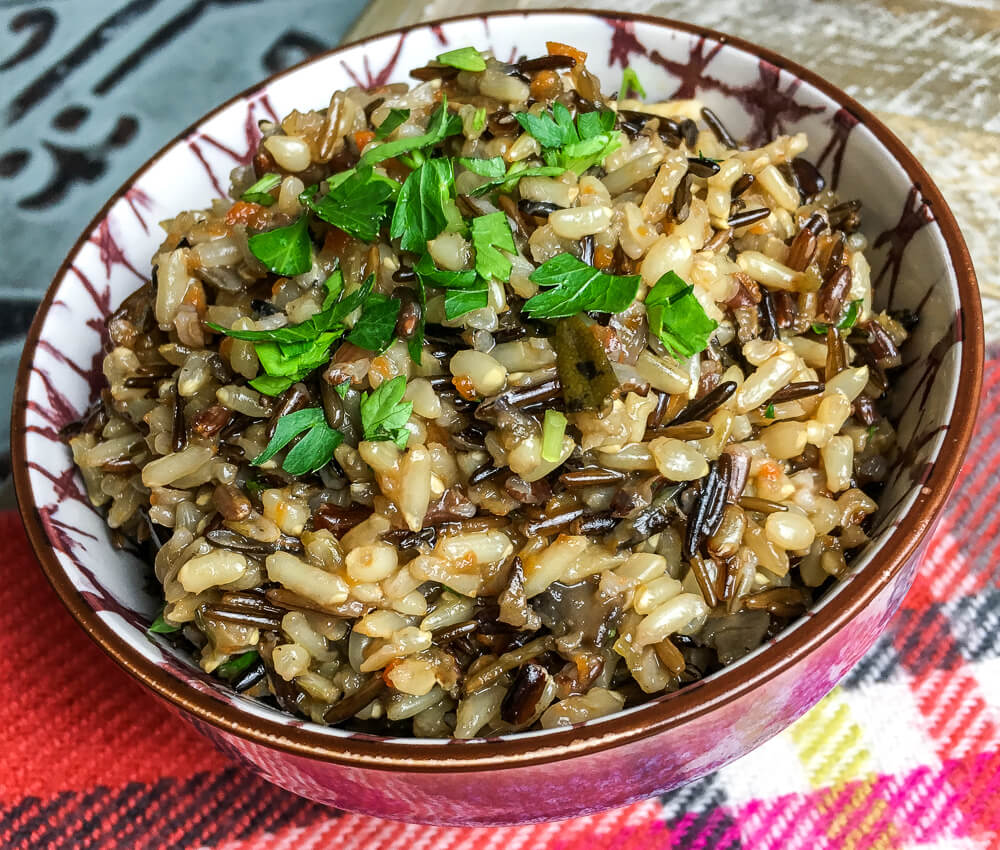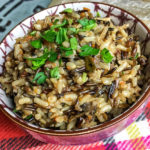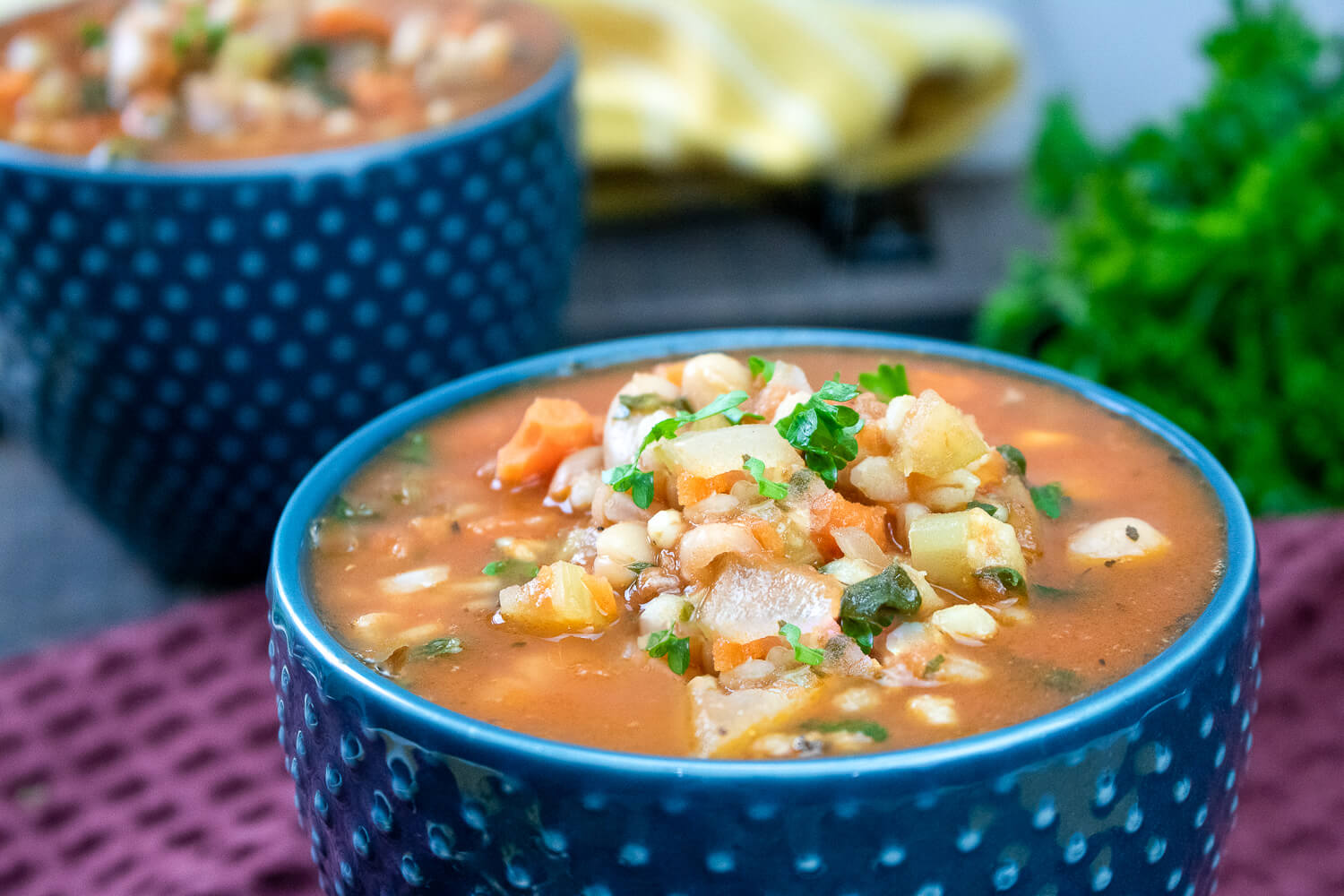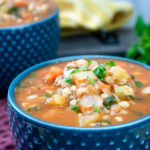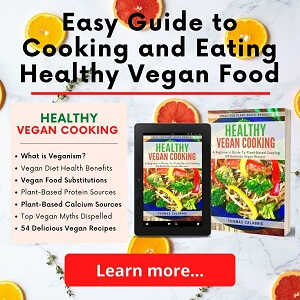New Book Release
It is time for the release of my new book, “Health Vegan Cooking”. As many of you already know, I’m not only a Health and Wellness Coach, I am also a vegan. Yes, I eat a plant-based diet. So, I decided to write a book that explains what a vegan diet is and how to get started.
What’s Inside
The “Healthy Vegan Cooking” book is full of great information and research on the health benefits of eating a plant-based diet. Yes, the vegan diet is heavily researched, and I’ve condensed this scientific research and provided an easy to understand summary of the health benefits of this diet.
Some of the benefits of a vegan diet that are discussed include:
Good for the environment
Kind regards for animals
Lowered risk for some diseases
Good for losing weight
Improved digestion
Good sources of enzymes and antioxidants
What You Can and Can’t Eat
And there’s so much more in the book about health benefits. The book also discusses what you can and can’t eat on a vegan diet. The obvious foods are vegetables and fruits, but there is so much more. It also covers ingredients on labels that may not be so obvious as being non-vegan.
Vegan Myths
Now there are a lot of myths about going vegan and they are mostly unfounded. You may have heard things like, “You can’t get enough protein or calcium on a vegan diet.” Or you may have heard that “Vegan diets are too expensive.” Here’s another one, “You can’t be healthy without eating meat.” Let me tell you that neither of these is true. All of these myths are discussed in “Healthy Vegan Cooking.”
Vegan Cooking Substitutions
As for cooking, wouldn’t you like to know about specific vegan-friendly substitutions you can make for “normal” recipes? If you have a non-vegan cookbook, you may be asking how you can still use it on a vegan diet. This is covered in the book. The book includes substitutions for milk, butter, eggs, cheese, and more.
Vegan Diet Tastes Great
Now, all of the research and health benefits are necessary to understand why you should go on a vegan diet. But some people just want to know if the food will taste good. I’m here to tell you it does taste good. To prove it, I have put 54 delicious vegan recipes in the book. The recipes are in a wide array of categories including, condiments, smoothies, breakfast, soups, salads, side dishes, snacks, main dishes, and last but most delicious, desserts.
Here’s a small sampling of the recipes you will find in the book:
Savory Salsa Verde
Banana Bread & Blueberry Smoothie
Almond Flour Pancakes
Creamy Wild Rice and Mushroom Soup
Mixed Berry Salad with Raspberry Vinaigrette
Mashed Cauliflower With Garlic and Chives
Spicy Black Bean Taco Wraps with Guacamole
Veggie Burgers
Chocolate Hazelnut Truffles
Chia Raspberry Pudding
Now if they don’t make your mouth water nothing will. Why even if you only what to have vegan dishes occasionally or don’t want to be vegan at all, you will still love these recipes.
Great-Tasting Vegan Recipes
With these great recipes, you will see that you won’t go hungry on a vegan diet. Plant-based beginners will absolutely love this book. The recipes have step-by-step directions that are easy to read and follow. Don’t take my word for it. Get your copy and find out for yourself.
How to Get Your Copy
The “Healthy Vegan Cooking” book releases on April 27, on both eBook and Paperback on Amazon and other online stores, and the links can be found at https://books2read.com/HealthyVeganCooking. If you purchase the book, please leave a review and a comment below and let me know what you think. You can also let me know what other topics you would like me to write about in either future blog posts, or in future books.
CONSUMER NOTICE: We will receive payment as a result of any purchases of products via the links on this page. As an Amazon Associate, the owner of this site earns from qualifying purchases.


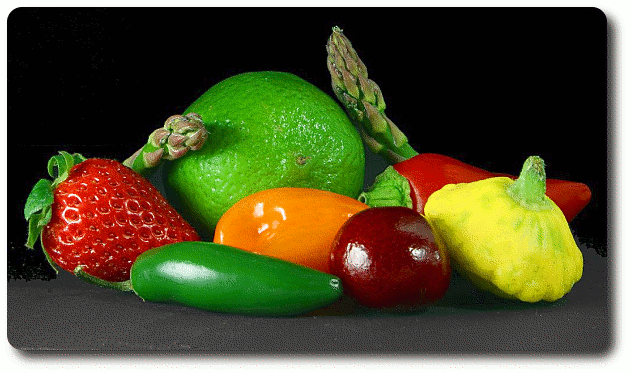
 June 6th, 2015
June 6th, 2015  admin
admin 
